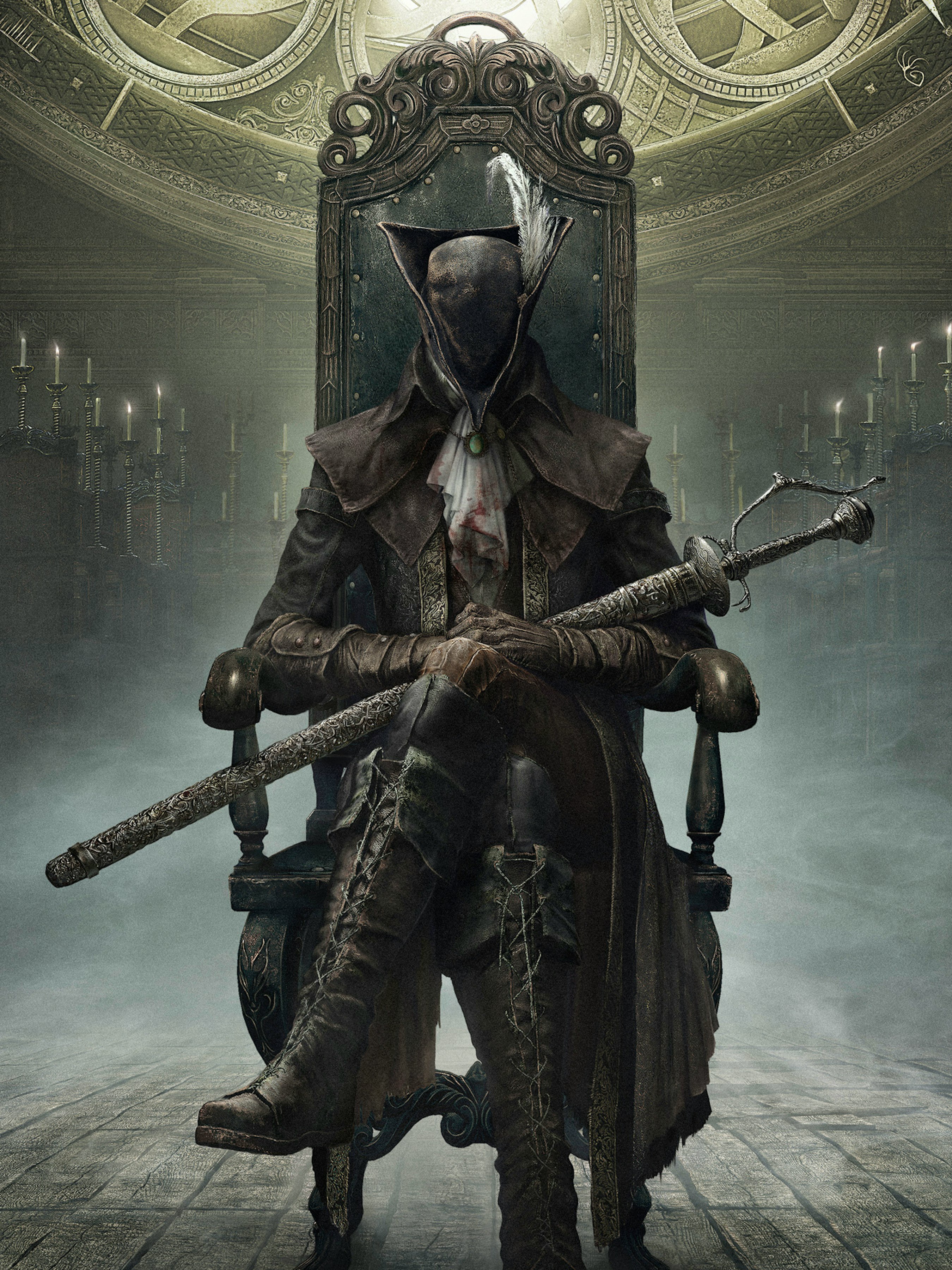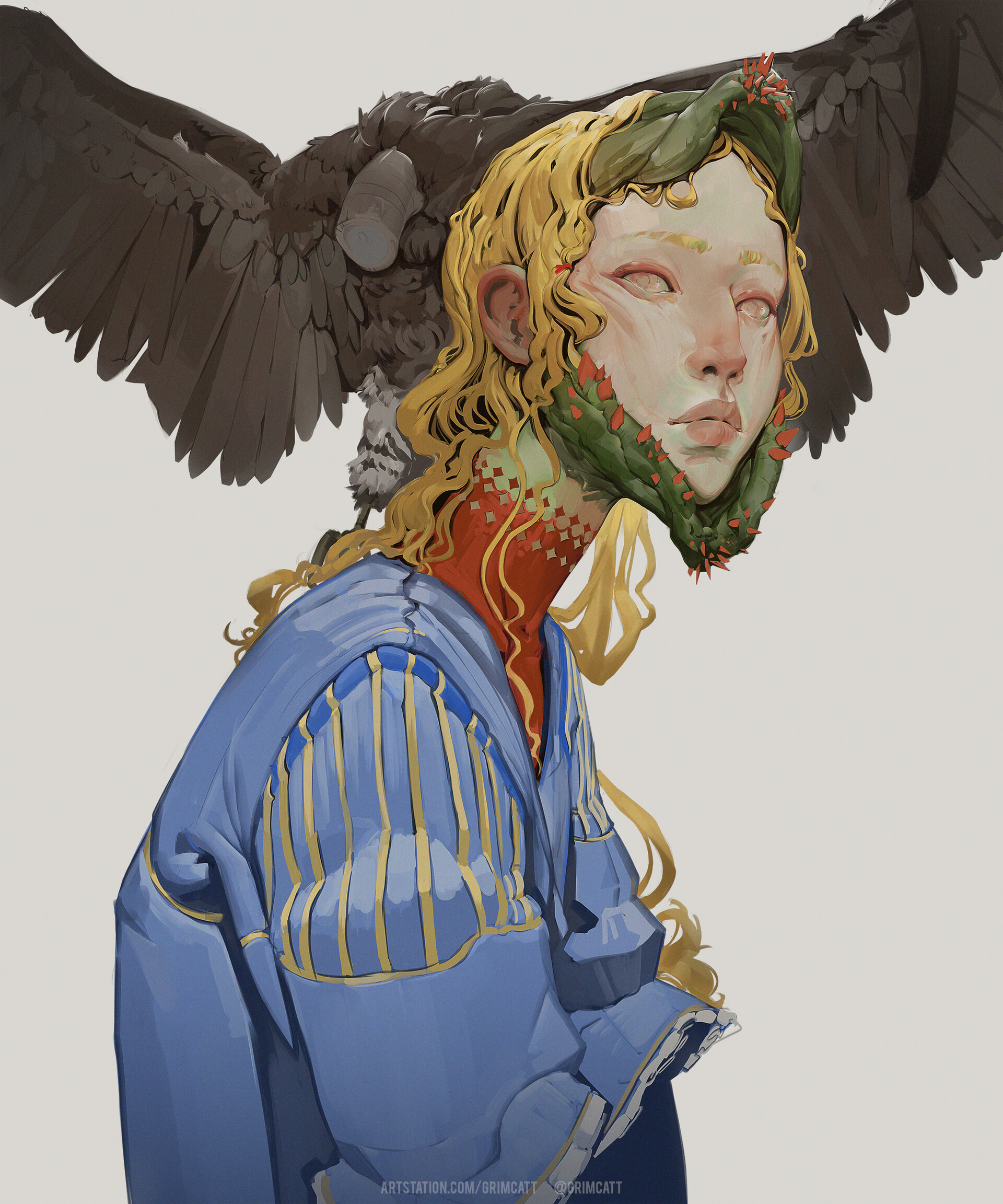 |
| You Believe Too Much, Think Too Little 'Frpth' by Marina Krivenko |
 |
| Yes, I'm Going With Gothic Inspiration. No, I Won't Be Taking Criticism. Image from u/beersjob on Reddit(?) |
 |
| It Musn't Be All Bad, Right? Suffering Is Not Without Respite; Darkness Cannot Exist Without Light. Art by Gigi Cavenago |
Fragments of Codes Remembered And Lost
- Tide Coven: "...and although all manner of beasts shall try to tame us, with their steel and their weights and their lies, we shall respond like the ocean to the sailor who hopes to bring us harm: I shall never be controlled again."
- Red Coven: "I am my thoughts. I am my mind. I am she who wills creation into existence. Where my mind goes, there shall be fire, and where my thoughts go, there will be war..."
- Lunar Coven: "Stretch yourself beyond the veil, within thine pool of alabaster light. You will be cut out, untethered from this world and its vile forces, and born again from Sleeping War. Rejoice! Thy pool is crimson; the pact is sealed."
- Purple Coven: "...I must not fear. Fear is the mind-killer. Fear is the little death that brings total obliteration. I will face my fear. I will permit it to pass over me and through me..."
What Is Femininity? Explanation & Complication
 |
| Tell Me Your Secrets Art by F3LC4T |
On Topic: The Distinction of Terms
There is a distinction between concepts such as 'the masculine' and actually identifying as male. In the former, 'masculinity' serves the role of a series of concepts, norms, and beliefs that portray the individual as 'masculine'—someone stereotypically associated with the male gender and, by extension, sex. Many in North America, for example, may associate body-building and gym culture with purely 'masculine' behaviour, inspiring and discouraging people from engaging in those activities.
This does not mean that anything you think of as masculine is masculine behaviour (the argument of whether anything is genuinely masculine or feminine is ripe for debate), but that an individual society can designate certain ideals or beliefs. Any group of people, when large enough, will start assigning groups to things. It can be something other than a binary group, a static choice, or even exclude any of the concepts you'd expect! These things differ on a case-by-case basis. By this logic, it is crucial to recognize that when we talk about specific behaviours as being associated with the masculine or feminine, it is not necessarily focused on some universal concept of "genderhood" but rather the context of the society in question.
Just as societies differ in real life, fictional cultures are likely to have distinct values that differ from ours. Artists often resort to transposing many of our own expectations of how society works into a fictional setting for the sake of accessibility (such as the function of government, stereotypes surrounding gender, the education system, and curse words like "God Damn It!").
This translation is not a bad thing; in fact, it's helpful! As writers or creatives, we can sometimes lose sight of the grand scope of things, so having a simple way to connect the viewer with our content helps make it more digestible, not to mention easier to read. I bring this up because fiction won't always align with our lived expectations, which is a good thing. The peoples of Bromeilles are similar to ours in many ways due to that same accessibility and the folly of my own humanity. Still, it is those differences in perception that really make fantasy shine. Non-humans, particularly, benefit from this kind of perspectival analysis.
How might an alien think? What differentiates the standpoint of an insect person from that of a human? Why don't these [society]-inspired citizens act or think like their historical contemporaries? Why should they?
One of my goals when developing both Bromeilles and Séraphine is to try and explore things I felt I haven't seen in fiction. So far, this has been the result of creative ignorance on my part—I have not consumed nearly as much content as I would like, and my attitude so far has been hopeful yet lazy—but also dotted with success. Sitting down at the drawing board, I've found myself increasingly focused on exploring things I'd otherwise never consider. Developing concepts I'd never written about prior. The fun I've had working on this project has only emboldened that feeling.
How I describe "masculinity" or "the feminine" does not need to be the same as how you describe it or even how I view it in real life. I try to be somewhat educated on the topic—I'd rather know something than nothing—but it also doesn't mean I'll get everything right. However, thanks to fiction, it doesn't have to be "right": fiction allows me to explore worlds as they are, ideas about how they are, and why people believe what they do. To be completely honest with you, I'm not 100% sure how humanity in Bromeilles views masculinity or femininity, or how witches handle it, nevermind if any other species cares about it in the first place.
Words are power. Ideas, being the progenitor of words, are thereby even more powerful. It is a great pleasure to develop a system of how people function and interact with one another and thereby see the world. Much of it has been unorthodox, quite uncomfortable or cruel, and a fair bit outright bad. I'm glad to be exploring it, regardless.

















